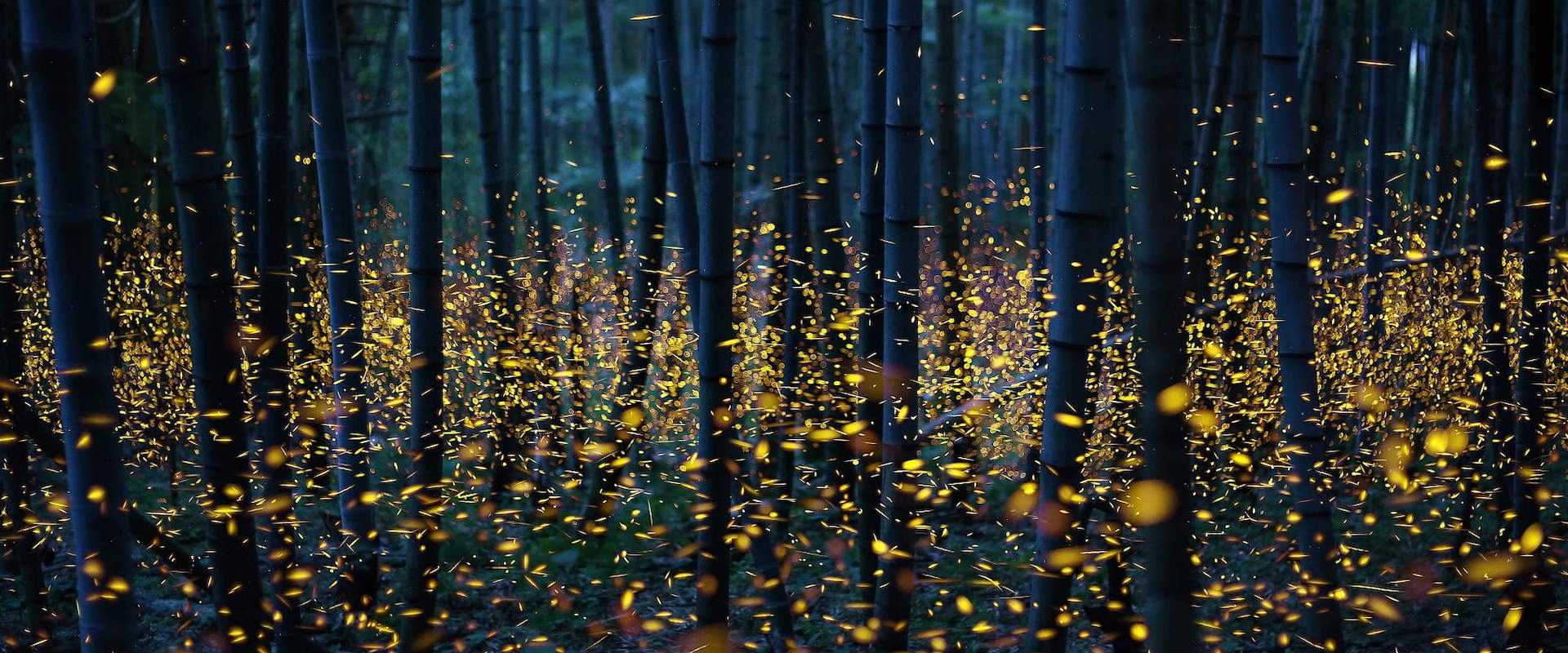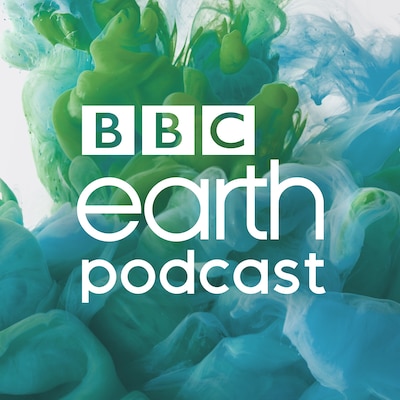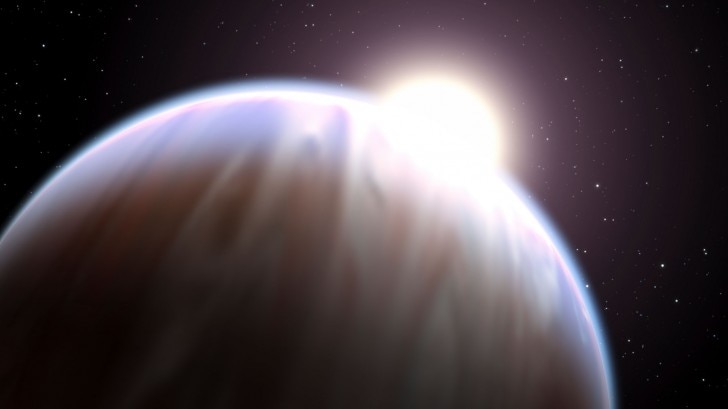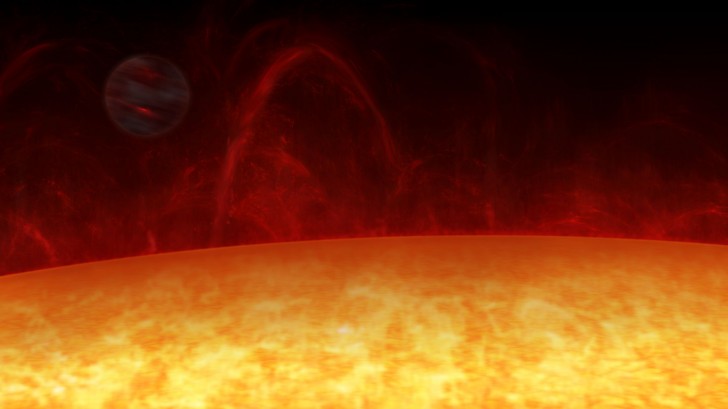

BBC Earth Podcast
Close your eyes and open your ears
Intimate stories and surprising truths about nature, science and the human experience in a podcast the size of the planet.
Weather
From sulphuric-acid rain to supersonic methane winds, you’ll need more than a waterproof jacket and factor 50 to brave the elements on other planets.
We often complain about the weather, particularly as more extreme weather events become more commonplace here on Earth, but what if we spent our holiday weekends battling 5,400-mile-an-hour winds or temperatures hot enough to melt lead?
Weather, good or bad, is not only a permanent fixture on our planet - it’s prevalent, and even more extreme, out there in the depths of space.
Let’s start close to home, with our neighbour Venus, the most inhospitable place in the solar system. Basically, Venus is a biblical hellhole. Home to a thick atmosphere mostly consisting of carbon dioxide, the atmospheric pressure on Venus is 90 times that found on Earth. This atmosphere traps much of the Sun’s radiation which means temperatures on Venus can reach up to 460°C - so you’d be crushed and boiling within seconds if you were to set foot here. But if that doesn’t sound painful enough, rain on Venus is made up of extremely corrosive sulphuric acid, which would severely burn any interstellar traveller’s skin.

Due to the planet’s extreme surface temperatures, this rain would evaporate before landing. Yet even more bizarrely, there is ‘snow ‘on Venus. Not the type that you could have snowball fight with: this stuff is made up of the basalt frost remnants of metals vaporised by its atmosphere.
At the other end of our solar system you have gas giant planets Uranus and Neptune. The latter, our most distant planet, is home to frozen methane clouds and the most violent winds in the solar system. Because of the planet’s topography, which is fairly flat, there’s nothing to slow down these supersonic methane winds which can reach speeds of up to 1,500mph.
As well as being able to hear the sound barrier breaking, a visit here would also include diamond rain, thanks to the carbon in the atmosphere being compressed. But you wouldn’t have to worry about being whacked by a falling stone, as you’d already have been frozen instantly.
Tom Louden is a post-doctoral researcher at the University of Warwick, and he’s a bit like an intergalactic weatherman – it’s his job to find out what the atmospheric conditions are on other planets.
“The upper atmosphere of Venus is actually one of the more habitable places in the Solar System, apart from the Earth,” he states. Above its sulphuric acid clouds, there’s a point where the pressure is roughly that of our planet.
“You wouldn’t be able to breathe the atmosphere, but you could imagine being in a big hot-air balloon or something filled with Earth atmosphere. And if you had an oxygen mask you could probably be OK here in a T-shirt and shorts.”

Louden’s speciality is exoplanets (those outside of our solar system that orbit around a sun), particularly one charismatically named HD 189733b. This deep-blue world some 63 light years away is a good candidate for being host to the most extreme known weather on another planet. It may look beautiful, but its weather conditions are apocalyptically awful. With winds of 5,000 miles per hour (the strongest recorded on Earth are 253mph) it’s also 20 times closer to its sun than we are, with atmospheric temperatures of 1,600 degrees centigrade – the level of molten lava.
“Rocks on our planet would be vaporised into liquid or gas here,” says Louden. And it also rains molten glass. Sideways.
Louden says there are planets similar in size and mass to the Earth orbiting smaller M dwarf, or ’red dwarf’, stars. Whether they are habitable is another question. To be warm enough and have liquid water on its surface, a planet must be ‘tidally locked’ – as our Moon is to the Earth. This means you’ll get one side with permanent daylight and the other, perpetual night.
“When you make computer models you get hurricane-level events moving from the day to the night side. Any liquid water on the day side will evaporate into clouds, which will get blown to the night side, freeze and snow out. You’d have one side that’s a desert and one side that’s arctic.”
There really is no place like home.


Intimate stories and surprising truths about nature, science and the human experience in a podcast the size of the planet.